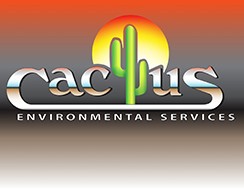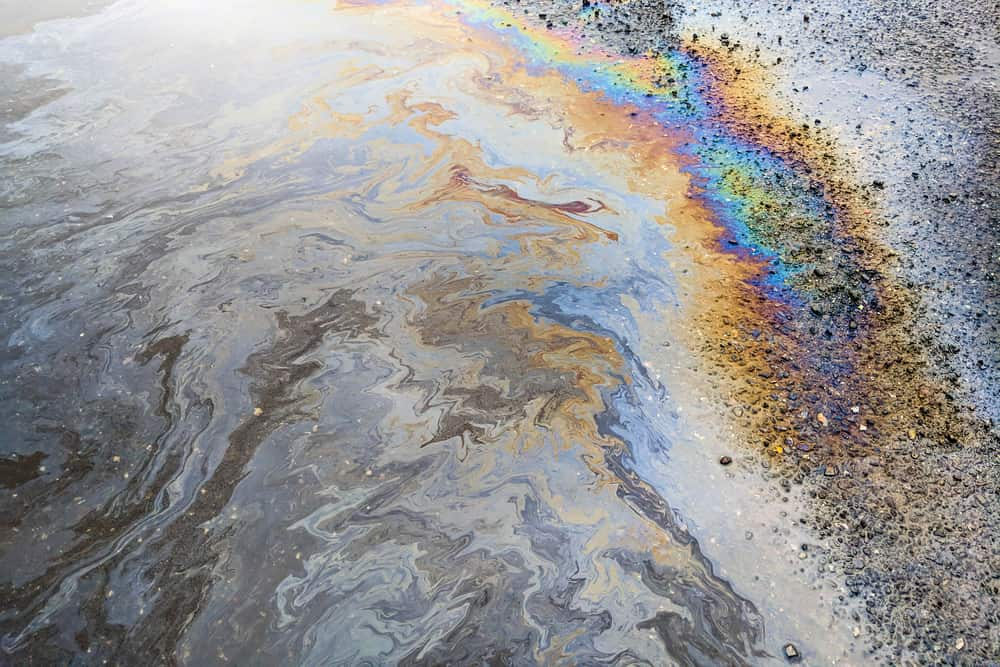
What is Environmental Remediation
Image credit: Matthew Corley
Updated: March 30, 2023
Environmental pollution is a significant issue affecting most cities globally. Dallas is famous for its high levels of air pollution, and in the US soil and water contamination are unfortunately common.
With pollution being a concern among many organizations, most environmental remediation companies are coming up. At Cactus Environmental Services, we offer a wide range of cost-effective remediation services in Dallas, Fort Worth.
We boast years of experience and will determine the most suitable remedial technique to match your company’s needs. So what is environmental remediation? Read on to learn more.
Understanding Environmental Remediation
What is environmental remediation? Environmental remediation involves extracting contaminants and pollutants from water and soil, which includes ground and surface water. Extracting these harmful chemicals aims to safeguard human health and restore the environment.
An environmental remediation specialist such as Cactus Environmental Services will cater to your remediation needs. We provide various services and will perform site assessments to determine the most suitable remediation technique. Doing this helps estimate the project cost and the technology to suit your site.
Types of Environmental Remediation
Before seeking help from a remediation company, it is advisable to understand the process and the different types of remediation. Typically, remediation is conducted on various environmental media such as soil, ground, and surface water. The different categories of environmental remediation include;
Water Remediation
Water remediation involves the expulsion of contaminants from both surface water and groundwater. Surface water contamination is caused when pollutants from locations such as farms, landfills, mining, or human or animal waste are discharged into the water either directly or from a runoff.
Groundwater contamination occurs when pollutants seep through soil or sediment above it. The most common pollutants are nitrate, Chloramine, Mercury, Lead, Aluminum, Uranium, and Radium. The environmental remediation specialist will tell you that groundwater pollution also results from human practices such as mining and using agricultural pesticides or chemical fertilizer.
Soil Remediation
Soil is prone to pollution, mainly from chemical spills and industrial practices. In this case, environmental remediation will remove the contaminants. Soil remediation is the technique of purifying soil to eliminate pollutants.
The standard procedures used during soil remediation are In-situ and ex-situ. In-situ is the process of remediating a site without removing its soil. But ex-situ is the process of remediating a site by excavating soil or sediments. The soil is then treated and returned to its original state at the location.
Common Types of Incidents Requiring Remediation
Activities such as mining, agriculture, and chemical processing contaminate the air, soil, and water. Other common pollutants include toxic chemicals from industrial plants, greenhouse gasses, oil spills, plastic waste, and radioactive contaminants.
These may be released into water and soil, thus polluting the environment. When this happens, remediation becomes necessary and may be an emergency if the situation threatens human life.
However, this is per the Environmental Protection Agency (EPA) standards, which determine when remediation is necessary. Remember, when the state or federal agency recommends remediation at your site, it is essential to consult experts.
What is The Environmental Remediation Process?
The environmental remediation specialist will use different methods and steps to eliminate pollution in the affected area. The steps include;
Site assessment
Site inspection is critical in any remediation project. It helps the environmental remediation specialist to determine the presence of contaminants.
Other essential tasks will be site mapping and sample collection during the procedure. The remediation specialist will examine the samples, gauge the extent of contamination, and determine how to fix the issue.
Determining the Remediation Method
After site assessment, the specialist determines the effective remediation method. Such practices include soil vapor extraction, and desorption, among other practices. Our remediation methods and strategies are cost-effective and efficient in alleviating contaminants.
Identifying Safety Measures
Safety is a significant concern when undertaking environmental remediation. The team must ensure the community and workforce are safe from injuries or wrongful deaths. For this reason, the specialists enhance safety by informing the public about the safety measures to take.
Actual Remediation
After a site assessment and determining the remediation method, the actual remediation starts. The experts use appropriate technology and equipment to clean the site. Leading remediation companies like Cactus Environmental Services will remediate your property in compliance with state and federal regulations.
Re-evaluation
Contrary to common belief, remediation does not end after cleaning is complete. The environmental remediation specialist will re-evaluate the site to determine the project’s success.
The need for re-evaluation is why most remediation companies offer follow-up services to assess the level of risk reduction after the service. The team may schedule additional remediation practices when necessary.
Reliable Environmental Remediation Services in Dallas, TX
Are you seeking environmental remediation services in Dallas? Cactus Environmental Services got you covered! We offer various environmental remediation solutions and engage skilled technicians to ensure a successful project. Contact us for a quote now!
Disclaimer: Cactus strives to provide top-tier service for all industrial and commercial markets. For individuals needing residential services, please contact your city's Household Hazardous Waste Division.

